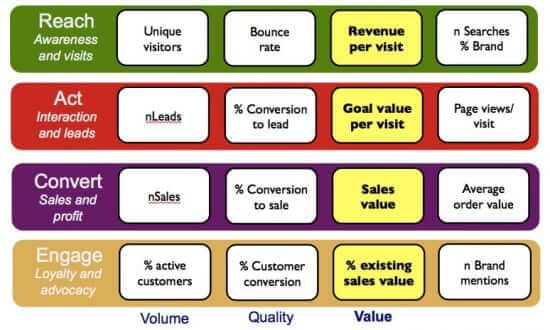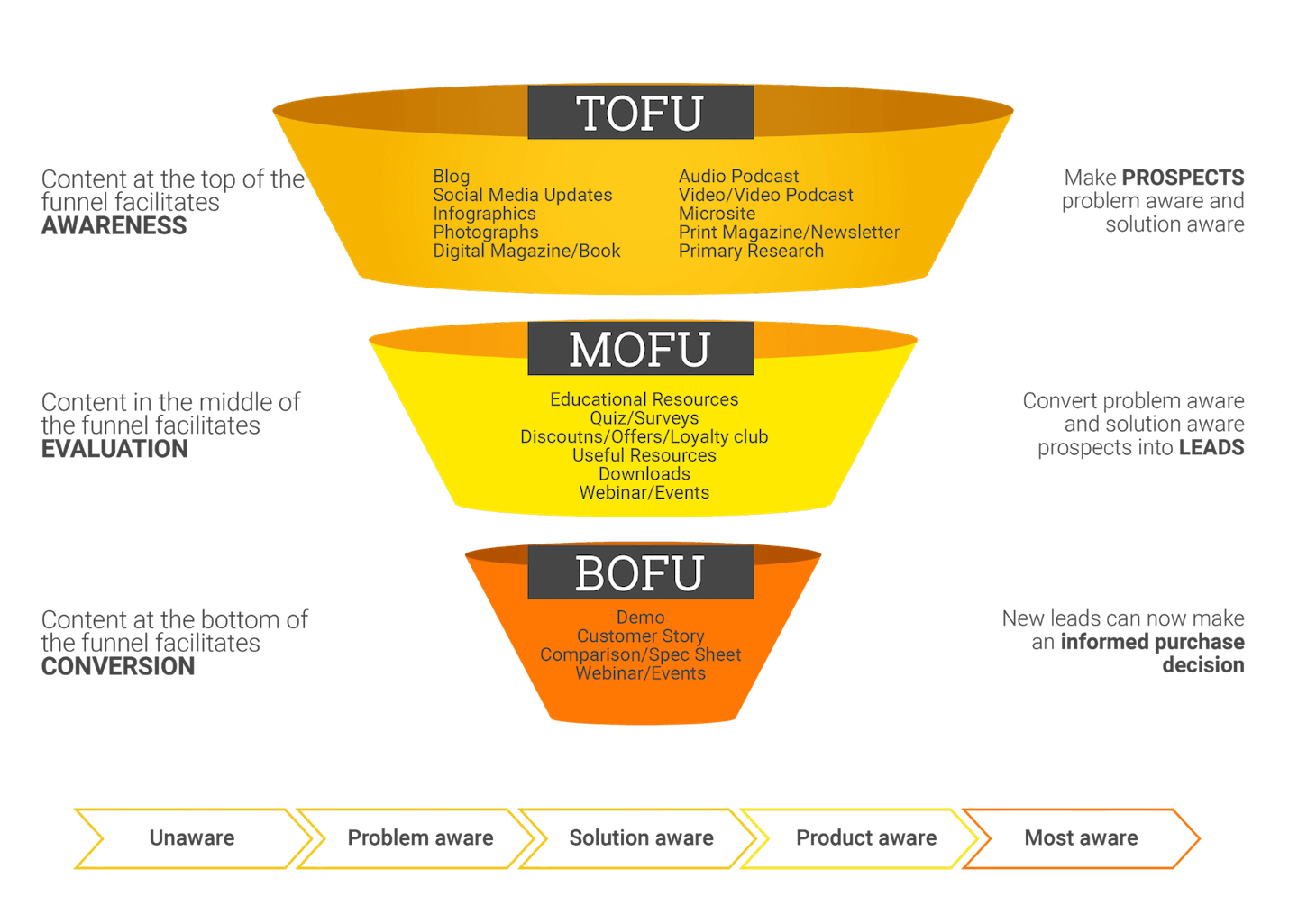
Did you know that over 60% of businesses don’t have a documented content marketing strategy according to CMI and MarketingProfs? Without a plan, you risk all of your content efforts going to waste. But not to fear! We have 10 steps on how to create your next content marketing plan:
What exactly is content marketing?
First, let’s take a look at the Content Marketing Institute’s definition:
“Content marketing is a strategic marketing approach focused on creating and distributing valuable, relevant, and consistent content to attract and retain a clearly defined audience—and, ultimately, to drive profitable customer action.”
As we touch on in The Power of Content Marketing for Lead Generation, our take on how to define content marketing is how you tell your brand’s story after a prospect clicks on your website link.
And although forty-two percent of B2B marketers say they’re effective at content marketing, recent research from the Content Marketing Institute found that over 80% of B2B marketers say they have a content marketing strategy, but only one third have it documented.
Whether you’re just starting or a seasoned pro, we have 10 steps to create a successful content marketing plan:
2. Research your audience persona
Once you solidify your goals and benchmarks you want to hit, next is researching your audience. You first need to figure out the need for your product or service and then focus on what problem it can solve. Then you can narrow down your target audience by identifying your current customers and then segment your audience by categories like demographics and audience type.
You can also gather existing audience data by speaking with your sales and account management teams, which gives you an insider’s view of their current needs and pain points. Doing this exercise gives you an even better understanding of your existing customers’ perspectives, which allows you to refine your strategy for your target audience.
3. Conduct a content audit
As the saying goes, you don’t know where you are until you understand where you’ve been. Conducting a content audit of your current content gives you the ability to see your best performing content and where you need to improve going forward. It also provides the opportunity to optimize your existing content for keywords which will boost your search ranking.
While you’re conducting your content audit, you can also audit your social media channels–with a social media monitoring or social listening tool–to see which content resonates most with your audience.
4. Decide on your content types
The types of content you use depend on which stage your buyer is in your marketing funnel and the audience persona you develop. Here are some great examples of content for each step:
5. Figure out your best content channels
In a nutshell, your best content channels are the channels your audience engages with most. Email and social media are often your best bet. Fifty-nine percent of B2B marketers say email is their most effective channel for revenue generation (WordStream), and over 88% of companies are marketing on social media (SEO expert).
However, knowing your content channels is only the first step. The next is knowing which types of content work where. This involves testing your content and measuring its success. For example, industry articles might be very successful on LinkedIn and Twitter, but not have as high of engagement on Facebook. A social media monitoring tool can also be useful here, as it allows you to monitor brand mentions from across the social landscape.
6. Set your budget
For B2B businesses, marketers allocate an average of 26% of their total budget to content marketing, and 38% of marketers expect their content marketing budget to increase.
For B2C businesses, 22% of marketers allocate their total budget to content marketing, and 37% of marketers expect their content marketing budget to increase (Izea).
What does this mean for you?
When your team sets your yearly marketing budget, you need to decide where you’re going to allocate your resources. This can range from how much money you’re going to put behind social media campaigns and emails to determining whether to hire an in-house content creator versus outsourcing freelancers. Where you ultimately spend depends on which platforms are generating the most engagement and leads.
7. Create an editorial calendar
The next step in your content marketing journey is creating an editorial calendar. There are a lot of options for how you create your schedule and depends on your marketing team’s workflow. A content calendar keeps your content strategy structured, but also allows for sudden changes like breaking industry news–which can be monitored with a media intelligence platform–or a company announcement.
8. Start producing content
Now for the fun part: creating content! Although this may seem straightforward, writing in your brand’s voice while also appealing to your audience takes a lot of practice. Depending on who you’re targeting (or who you’re trying to keep), dictates your content.
Factors to keep in mind are consistency in your brand’s voice and optimizing your content for SEO while also appealing to your audience. There’s a fine line between selling your product and providing educational pieces. Consulting with your team is your best bet to achieving that balance.
9. Distribute your content
Once you’ve got your content in place, the next step is distributing your content. Since you’ve done the legwork and have an understanding of how to distribute, you can decide which channels are best for your customers and audience.
Additional options to consider are earned media, such as guest blogging for credible 3rd-party publications and reaching out to news outlets to feature your company’s press release.
10. Measure your results
The most crucial factor in content marketing is to measure your results. Real-time media monitoring tools allow you to measure your content. When you do this, you can see what’s successful with your audience, what’s not, and then consistently refine your strategy.
Until next time!
Critical Mention

Jolie Shapiro
Passionate about all things communications, Jolie found her dream job as a copywriter with Critical Mention, where she’s continuing her passion for writing and editing. With a background working for high-profile clients in the financial, hospitality and technology industries, she’s excited to bring her experience to Critical Mention. When she’s not writing, you can find her at music festivals, hiking or snowboarding.










